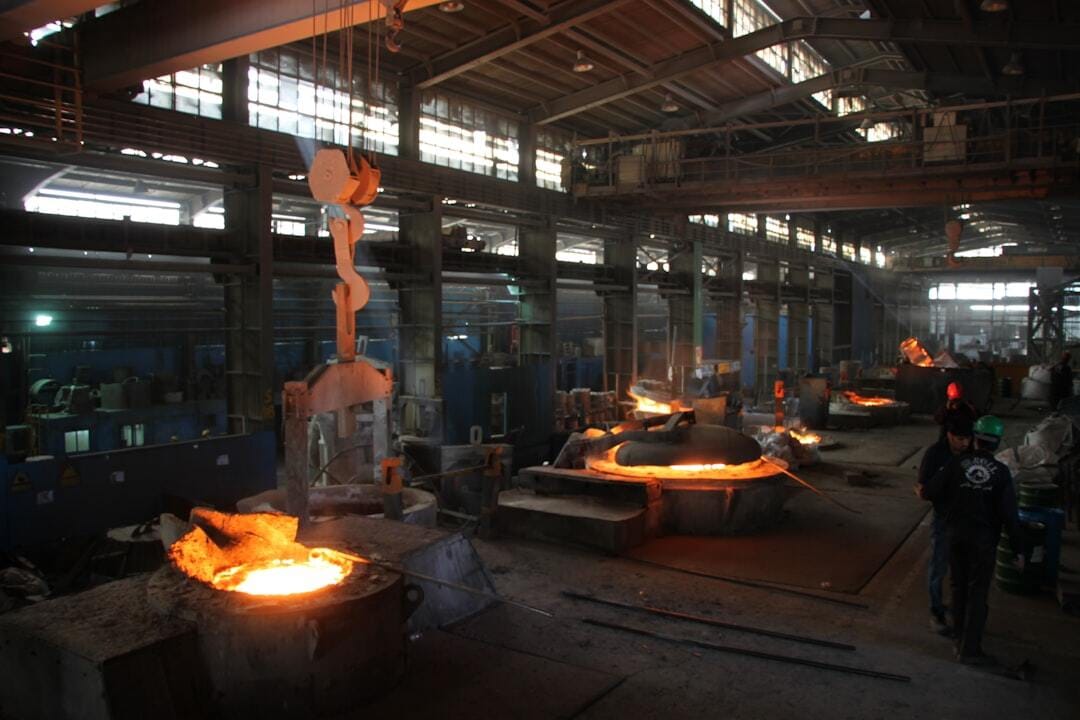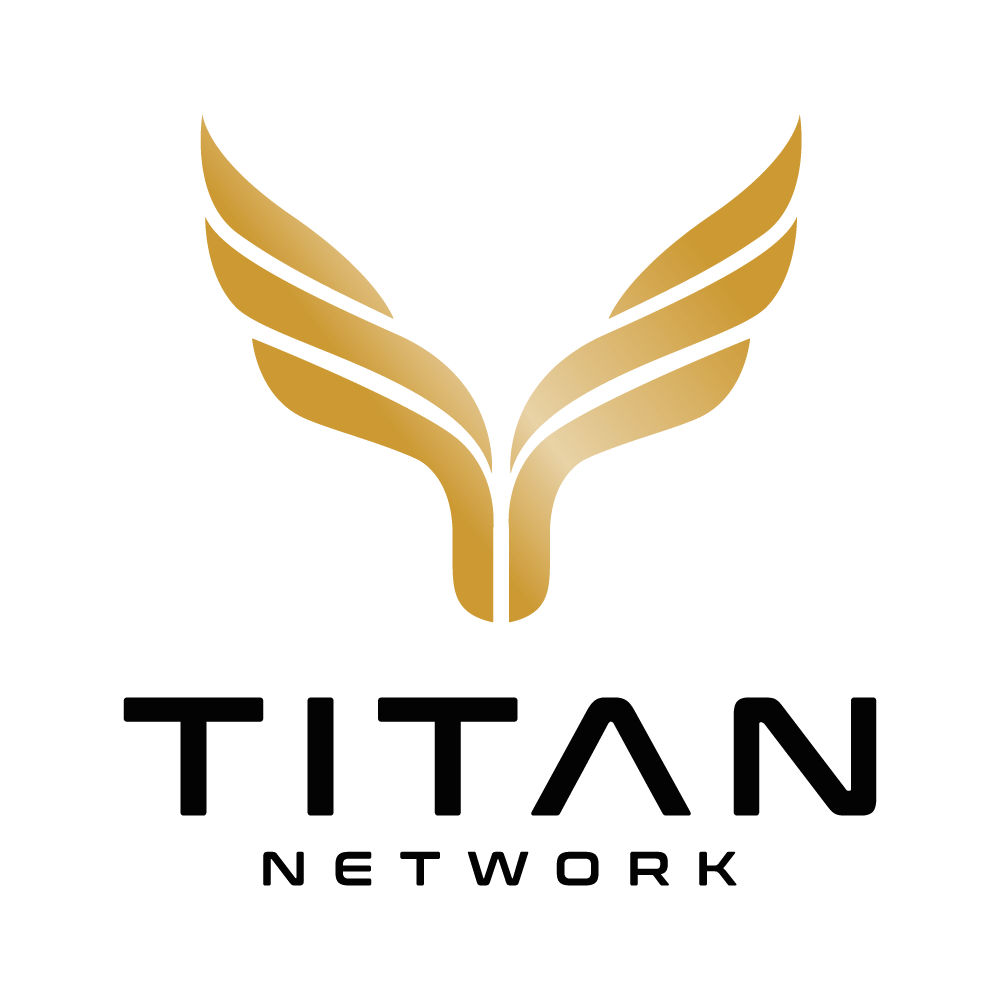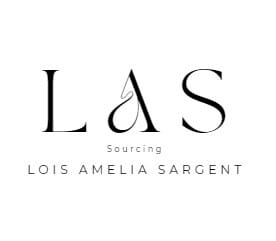
Welcome to this week’s Sourcing Spotlight.
In this weeks edition, we will be looking at the confusion on tariffs. Is it 20% or 47%? Read below for more information!

Feature Story
Good News!! Tariff potentially can be as little as 20% - Media confusion
It’s taken a week to figure this out! A few back-and-forth issues in regards to whether it is 47% or 20%. In the news widespread in the west, we are seeing the headlines of 47%. However, a few days ago, the White House factsheet came out, and it stated a different thing. I was expecting headlines out the to state this “mistake” or change. However, what I am seeing is the media has calculated this in a compounded way, rather than a category specific way.
So this is what is stated in the fact sheet…
The United States will lower the tariffs on Chinese imports imposed to curb fentanyl flows by removing 10 percentage points of the cumulative rate, effective November 10, 2025, and will maintain its suspension of heightened reciprocal tariffs on Chinese imports until November 10, 2026. (The current 10% reciprocal tariff will remain in effect during this suspension period.)
This would mean the following:
· IEEPA of 10%
· Reciprocal of 10%
Making it a total of 20%
Now, from digging around for the past 4 days, I have come to the conclusion, the 47% total that is coming out from the media outlets are including compounded category specific products in 232/30/201 and anti-dumping/ countervailing tariffs.
So the following tariffs are as below:
· Normal MFN Duty +
· 10% IEEPA fentanyl tariff +
· 10% IEEPA reciprocal tariffs +
· Applicable Section 201, 232, 301, and/or antidumping/countervailing tariffs.
The confusion around the "47%" US-China tariff rate comes from the difference between the headline (listed or nominal) tariff rates applied to specific product categories (like 10%, 20%, or 25%) and the average effective tariff rate actually paid by importers after all stacked, overlapping, and compounding tariffs are considered.
How the 47% Figure Arises
Tariff stacking: Multiple tariffs often apply to a single import (for example, a Chinese product could simultaneously face a 10% reciprocal tariff, a 20% “fentanyl” tariff, a 25% Section 301 tariff, and possibly Section 232 tariffs if it involves metals or automotive parts), which adds up in a compounding fashion.
Broad product coverage: Many high-tariff categories overlap, and some goods face extra surcharges, so the weighted average across all Chinese imports becomes much higher than any single posted rate.
Policy rhetoric: US officials and media often highlight the effective average tariff rate, not just the specific category rates, leading to the commonly reported average of 47% (down from 57% after the most recent round of negotiations), even though the published rates for most goods are 10% or 20%.
Recent Changes and Calculation
In late 2025, after negotiations between Trump and Xi, the US lowered headline rates - for example, cutting the fentanyl tariff from 20% to 10%.
Despite this, the effective average tariff remained about 47%, because most Chinese imports continue to suffer multiple, simultaneously applied tariffs that compound well above the headline rates.
These averages are calculated by trade economists and think tanks based on the value of US imports and total duties paid, not just the rates posted on individual tariff lines.
In summary, the 47% figure is the approximate average tariff impact after accounting for all layers of US tariffs on Chinese goods - not the individual line-item rates seen in tariff schedules or customs systems. So, this means product specific it could be as little as 20%.
Speak with your supplier and freight forwarder to get the right information for your specific product to ensure that you are paying the right tariff.
Archived Articles
DISCOVER OUR PREVIOUS ARTICLES….
From new AI concepts that could benefit you, to new technologies and strategies to navigate the current global economy. Read through for impactful resources to help you become proactive in your business.

How Stoke-on-Trent Kept Britain’s Ceramics Alive & What Can We Learn From It.

Walmart is using AI tool Pactum to negotiate with suppliers, and 85% prefer it to a human.

As tariffs escalate, Illinois finds itself caught in the crossfire. From manufacturing supply chains tied to Canada and Mexico, to billions in farm exports now facing retaliation
That’s it for this weeks Sourcing Spotlight.
Stay ahead of the curve by following us daily on Instagram at @lois_thesourcingspotlight for fresh updates. Craving deeper insights? Dive into exclusive, in-depth analysis with our premium subscription, just £9.99 a month, and the first month is on us! Get all your most important small business news in one place, helping you navigate information effortlessly with actionable and insightful updates.
This Newsletter is sponsored by

Unlock the most powerful, structured system for Amazon success. With over 10 years of operating experience, billions in collective private label sales, and insights from thousands of top-performing sellers, we’ve engineered a clear roadmap for profitable growth. Our proven tools, strategies, and community provide everything you need to scale faster, smarter, and more confidently—without the guesswork.
Until next time,

Quiet sourcing. Loud impact.
